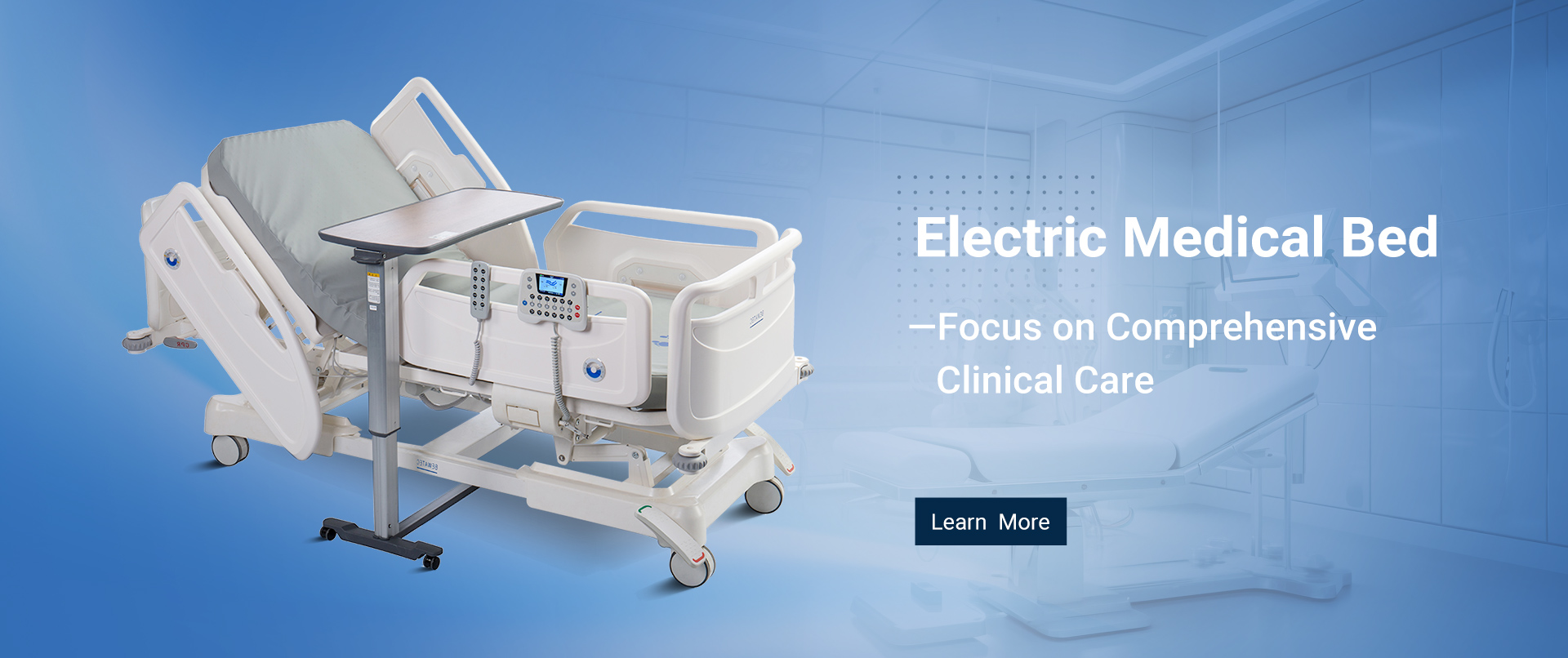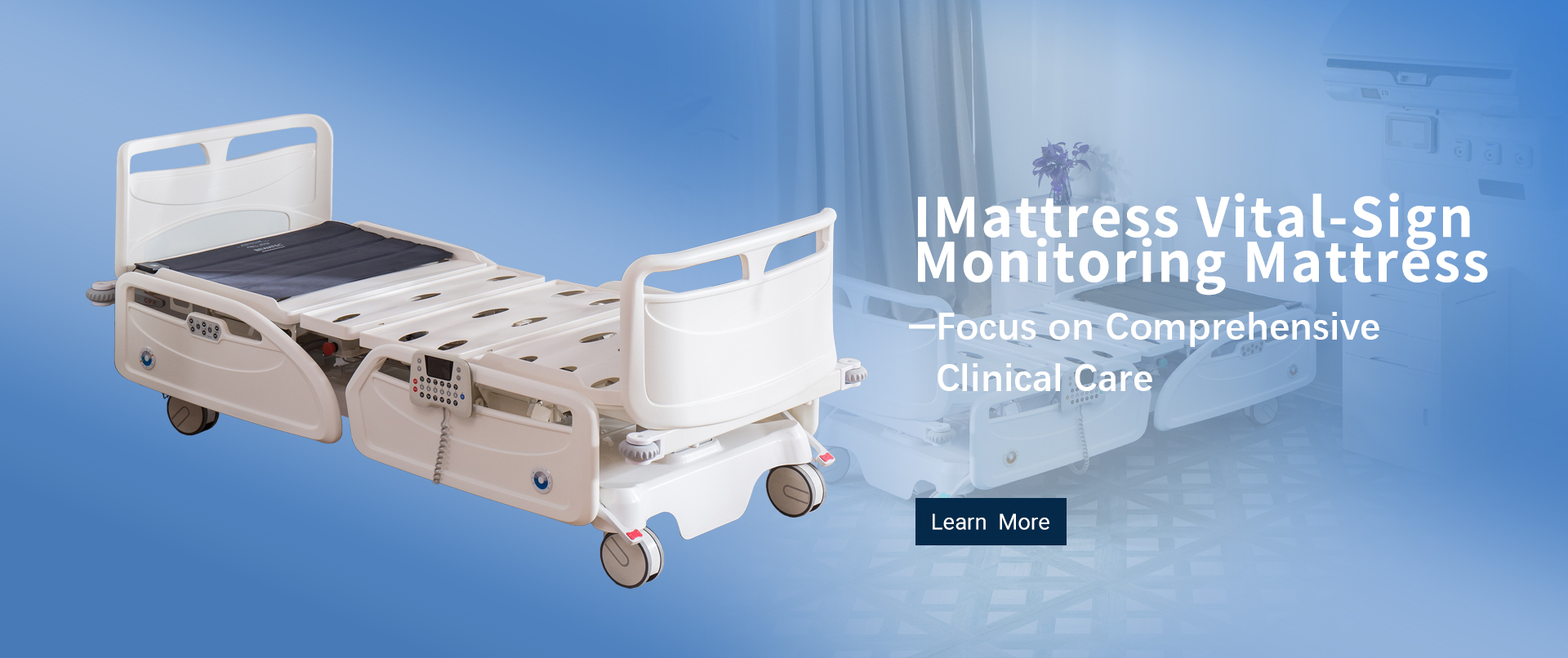A manual bed is a reliable and cost-effective solution for hospitals, nursing homes, and home care settings. Unlike electric beds, two-function manual beds require manual adjustments to modify the bed’s height and reclining positions. Proper maintenance ensures durability, safety, and long-term functionality, making regular care essential.
Below are some key maintenance tips to keep your two-function manual bed in optimal condition.
1. Regular Cleaning and Sanitization
Keeping the bed clean is crucial for both hygiene and functionality. Follow these steps to maintain cleanliness:
• Wipe down metal parts with a damp cloth and mild detergent to prevent rust and dust buildup.
• Sanitize hand cranks and bed rails regularly, especially in healthcare environments.
• Clean the mattress platform to avoid dirt accumulation and ensure a comfortable sleeping surface.
2. Lubricate Moving Parts
The crank mechanism and other moving parts should operate smoothly to ensure effortless bed adjustments. Apply a small amount of lubricant to the following areas:
• Hand cranks – Prevents stiffness and ensures smooth rotation.
• Bed hinges and joints – Reduces wear and tear from frequent use.
• Caster wheels – Prevents squeaking and enhances mobility.
Regular lubrication can extend the bed’s lifespan and prevent operational issues.
3. Inspect and Tighten Screws and Bolts
Frequent adjustments and movements can loosen screws and bolts over time. Conduct a monthly check to:
• Tighten any loose bolts on the bed frame and side rails.
• Ensure cranks are firmly attached for safe manual adjustments.
• Check the caster wheel locks to ensure stability when locked in place.
4. Examine the Hand Crank System
Since two-function manual beds rely on hand cranks for adjusting height and backrest positions, these should be checked regularly for wear or misalignment.
• If the crank feels stiff, apply lubrication and check for obstructions.
• If the bed doesn’t adjust properly, inspect for any damaged gears or internal components that may need replacement.
5. Protect Against Rust and Corrosion
Manual beds are often made of steel or coated metal, which can corrode over time if exposed to moisture. To prevent rust:
• Keep the bed in a dry environment.
• Avoid direct contact with liquids or excessive humidity.
• Apply anti-rust spray on metal parts if the bed is in long-term use.
If rust appears, clean it with a rust remover and repaint the affected area to prevent further damage.
6. Ensure Proper Wheel Functionality
If your two-function manual bed has caster wheels, maintaining them is vital for easy mobility:
• Check for debris or hair buildup around the wheels.
• Ensure brakes function properly to prevent accidental movement.
• Test wheel rotation to ensure smooth operation.
If any wheels become damaged or unresponsive, consider replacing them promptly to avoid mobility issues.
7. Inspect the Bed Frame and Side Rails
The bed frame and side rails provide structural support and safety. Regularly inspect these components to:
• Ensure there are no cracks or weak spots.
• Check rail locks and fasteners to prevent accidental collapses.
• Ensure side rails move smoothly for easy adjustment.
If any part appears unstable, repair or replace it immediately to maintain patient safety.
Final Thoughts
A well-maintained two-function manual bed ensures longevity, safety, and comfort for users. By following these essential cleaning, lubrication, and inspection tips, you can prevent mechanical issues and prolong the bed’s durability. Regular maintenance not only enhances performance but also provides a safer and more comfortable experience for patients and caregivers.
For more insights and expert advice, visit our website at https://www.bwtehospitalbed.com/ to learn more about our products and solutions.
Post time: Feb-12-2025









